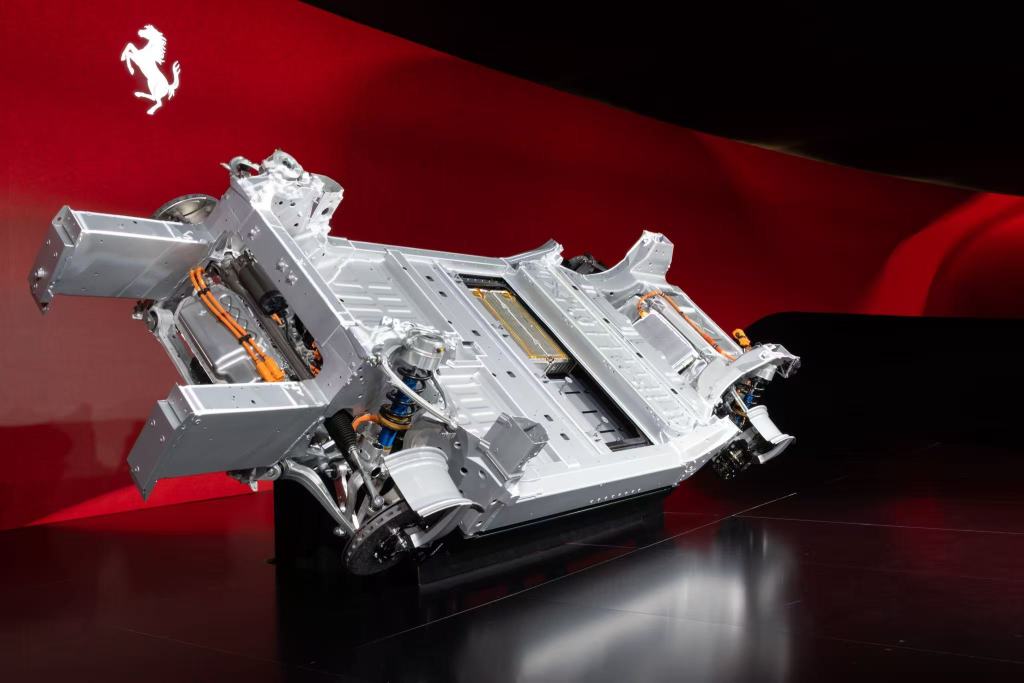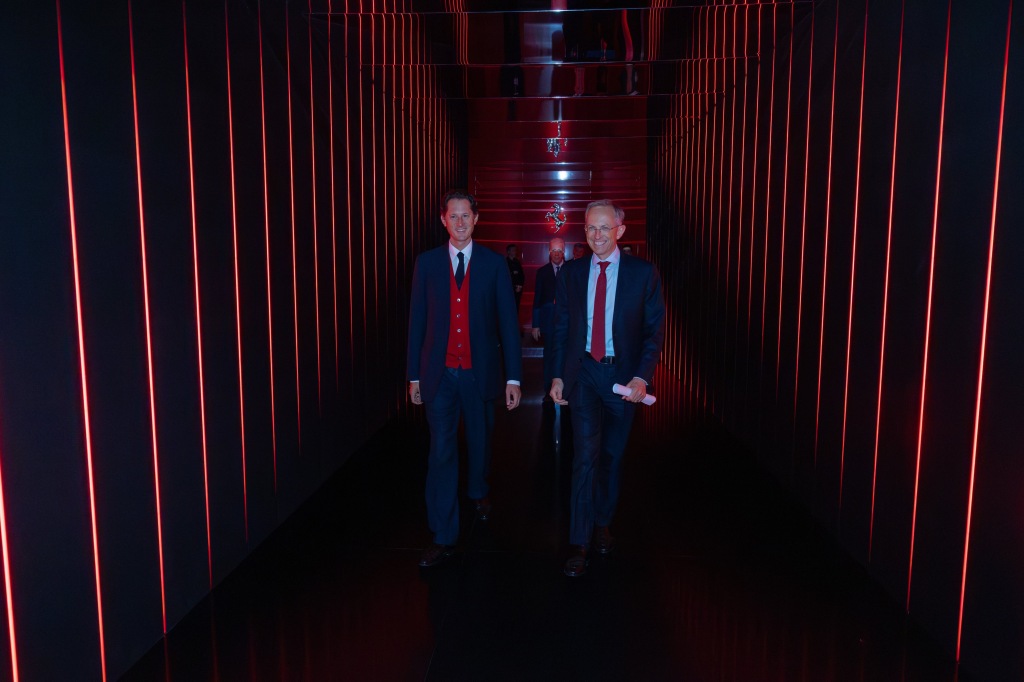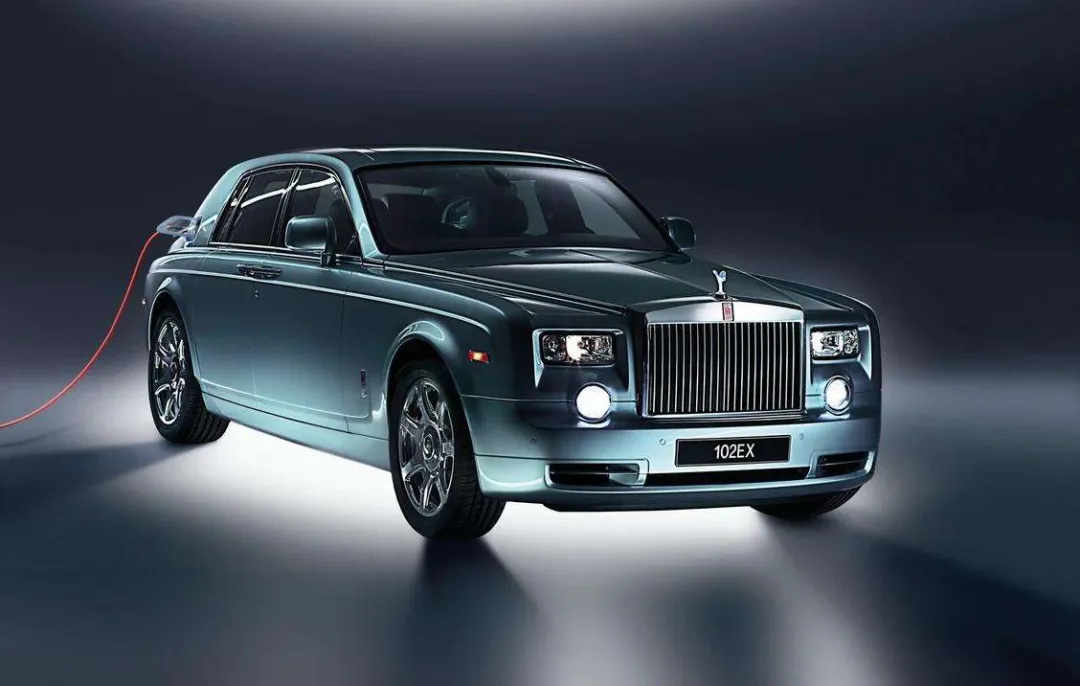
At the 2025 Capital Markets Day event held on October 9, Ferrari officially announced the mass-produced chassis and core components of its first pure electric sports car.
This key move not only marks the fruition of Ferrari's technological accumulation in the field of electrification, but also means that its diversified power strategy covering internal combustion engines, hybrid systems (HEV), plug-in hybrid systems (PHEV) and pure electric systems has reached another major milestone.
As the first in the brand's electrification journey, this all-electric sports car seamlessly integrates cutting-edge technology and exceptional performance, while remaining true to Ferrari's hallmark driving pleasure. From the chassis to the electric motor, from the battery to the inverter, all of the new car's core components are independently developed and manufactured by Ferrari. Behind this, 16 years of expertise in electrification have been honed – from the F1-inspired exploration of hybrid power in 2009, to the 599 HY-KERS prototype in 2010, the LaFerrari in 2013, and the technological iterations of hybrid models such as the SF90 Stradale and 296 GTB. Each step has laid a solid foundation for the birth of this all-electric model.

Among the core components, the chassis design is a model of engineering breakthrough. The new car utilizes an ultra-short wheelbase architecture, with the driver's seat positioned forward, close to the front axle, and the battery fully integrated into the body floor. 85% of the battery modules are concentrated low, lowering the vehicle's center of gravity by 80 mm compared to comparable internal combustion engine models and significantly improving dynamic performance. Furthermore, 75% of the chassis is constructed from recycled aluminum alloy, reducing CO2 emissions by 6.7 tons per vehicle produced, achieving a balance between performance and environmental performance. To address the energy absorption challenges of electric vehicles in collisions, Ferrari has innovatively designed front shock towers that directly absorb energy, optimizing the positioning of the front motor and inverter to ensure driving safety and structural integrity. The flexible mechanical subframe, used for the first time at the rear, not only blocks noise and vibration but also retains the brand's signature handling rigidity.

The electric axle and electric motors demonstrate Ferrari's track-ready technology. Two independently developed permanent magnet synchronous electric motors are installed on each axle, generating a total of 210 kW of power and 3,500 Nm of torque at the front axle, and 620 kW of power and 8,000 Nm of torque at the rear axle. Power delivery is particularly strong in Launch Control mode. The electric motor rotors utilize the Halbach array structure, derived from F1. The front motor reaches a maximum speed of 30,000 rpm, with a power density of 3.23 kW/kg, while the rear motor boasts a power density of 4.8 kW/kg, achieving a peak efficiency of 93%. An innovative electromechanical disconnect system decouples the motor from the wheels within 500 milliseconds, enabling the car to switch to rear-wheel drive in eManettino mode on highways, balancing efficiency with driving pleasure.

Battery and inverter technology also set industry benchmarks. Designed and assembled by Ferrari in Maranello, the battery comprises 210 cells arranged into 15 modules, boasting a total energy density of nearly 195 watt-hours per kilogram and a power density of approximately 1.3 kilowatts per kilogram. The 800-volt high-voltage system can handle peak currents of up to 1,200 amperes, and a main fuse disconnects short-circuit currents within 3 milliseconds to ensure safety. The cooling system utilizes internal piping and three cooling plates to precisely control battery temperature, extending battery life. The front axle inverter, integrated into the axle, boasts a total power of 300 kilowatts and weighs only 9 kilograms. It utilizes silicon carbide modules and an integrated cooling system, with a flexibly adjustable switching frequency between 10 and 42 kHz, ensuring optimal efficiency and acoustic comfort.

In addition, the new car is equipped with three driving modes: endurance, cruise, and performance. The steering wheel shift paddles support five-level torque power switching; the vehicle control unit updates dynamic parameters 200 times per second to achieve predictive control of suspension, traction and steering; the sound system uses high-precision sensors to collect vibrations of power components, amplify and present pure electric exclusive sound effects, rather than electronic synthesis, to retain driving sensory feedback.
Ferrari has revealed that the launch of this all-electric sports car will continue until 2026, with the interior style and design concept to be unveiled early next year, followed by a global launch in the spring. By then, this extraordinary creation, blending cutting-edge technology and design aesthetics, will officially open a new chapter in Ferrari's all-electric era.


